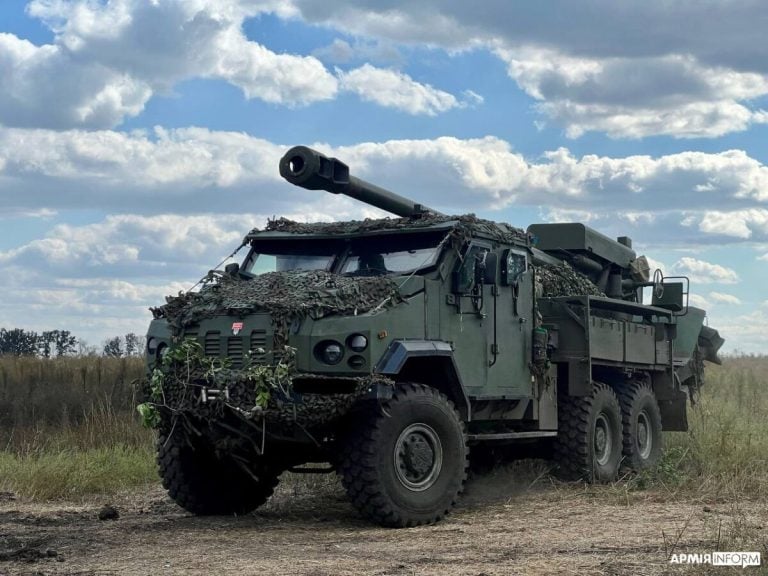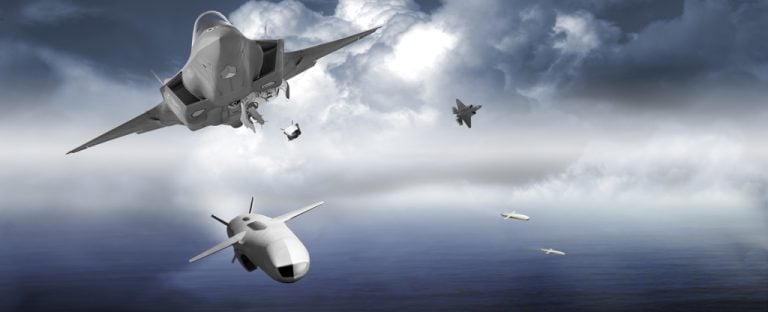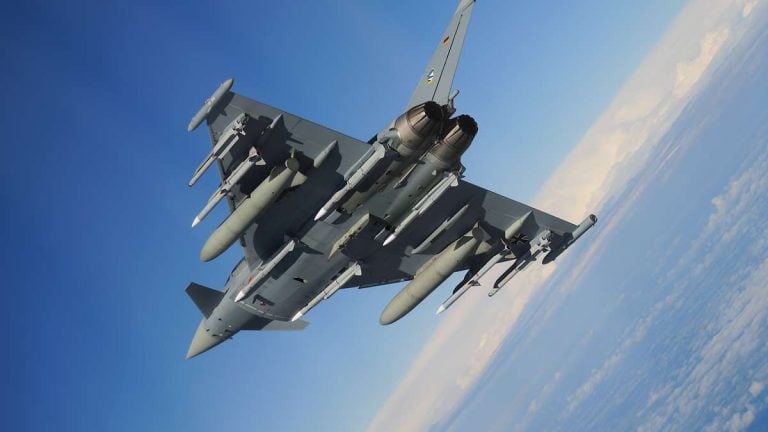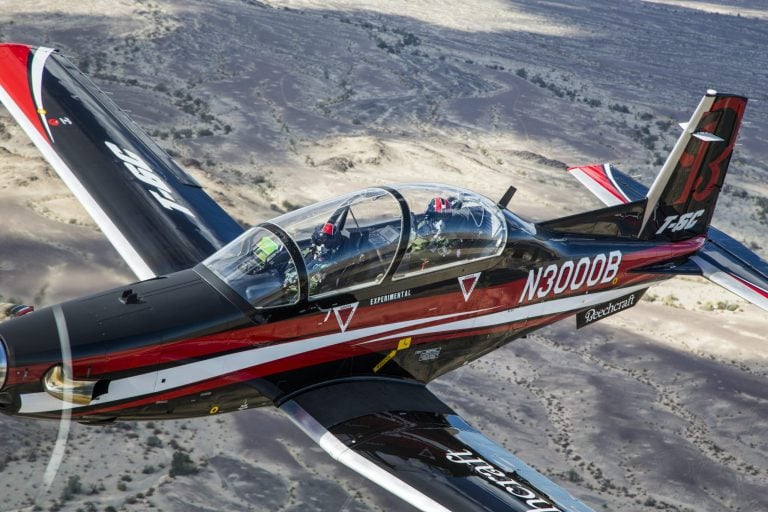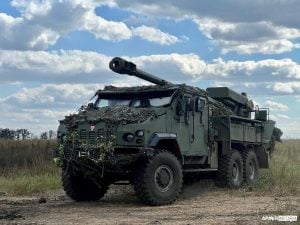India has achieved a significant milestone in military technology with the successful testing of its 30-kilowatt laser-based weapon system, designed specifically to neutralize drones, missiles, and aircraft. Developed by the Defence Research and Development Organisation (DRDO), the Laser-DEW Mark-II(A) demonstrated its capabilities by accurately tracking and destroying a moving drone target during a field test in Kurnool, Andhra Pradesh.
The testing showcased the weapon’s effectiveness over a range of 3.5 kilometers (approximately 2 miles), even under strenuous conditions. Dr. BK Das, the Director General of Electronics & Communication Systems at DRDO, indicated that user trials for the system are expected to commence within the next 18 months. Following the test, DRDO Chairman Dr. Samir V Kamat highlighted the system’s significance by associating it with advanced military technologies often referenced in the context of “Star Wars.” He noted that India is developing high-energy systems, including high-energy microwaves and electromagnetic pulse weapons.
In an interview with the news agency ANI, Kamat pointed out the competitive landscape for such technologies, mentioning that countries like the United States, Russia, and China have already showcased similar capabilities. He remarked that with this advancement, India joins the ranks of the “fourth or fifth country in the world” to demonstrate a functioning laser weapon system of this kind.
The Laser-DEW Mark-II(A) was engineered with advanced features, including electronic warfare capabilities and a 360-degree electro-optical/infrared sensor. In addition to the land-based variant tested, the DRDO is exploring options to miniaturize the laser system for potential installation on airborne platforms and naval vessels. This development aligns with the recent induction of the Integrated Drone Detection and Interdiction System by the Indian Army, which includes a smaller 2-kilowatt laser system with a range of 800 to 1,000 meters (2,624 to 3,280 feet), introduced in March 2024.
Looking ahead, the DRDO is also in the process of developing a more powerful 300-kilowatt version of the laser weapon, which will have an impressive maximum range of 20 kilometers (12 miles).
The emergence of directed energy weapons, particularly laser systems, is crucial as militaries around the world seek cost-effective counter-drone solutions. These systems minimize the risk of collateral damage while providing effective means to counter aerial threats. The production and development of such technologies come at a time of heightened interest in drone warfare, notably illustrated during the ongoing conflict in Ukraine, where innovative systems like the Tryzub laser weapon have been deployed.
Internationally, similar advances are being made by other nations. The US Navy has showcased its 60-kilowatt HELIOS system, capable of engaging targets at distances up to 5 miles (8 kilometers), while the UK is advancing its own DragonFire laser weapon, slated for deployment across four warships by 2027. As global military dynamics continue to evolve, India’s foray into laser weaponry positions it as a key player in the future of defense technology.



